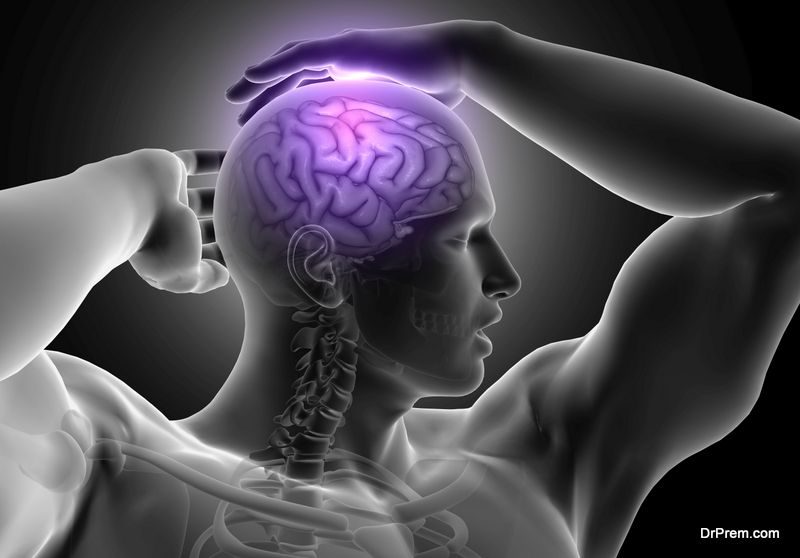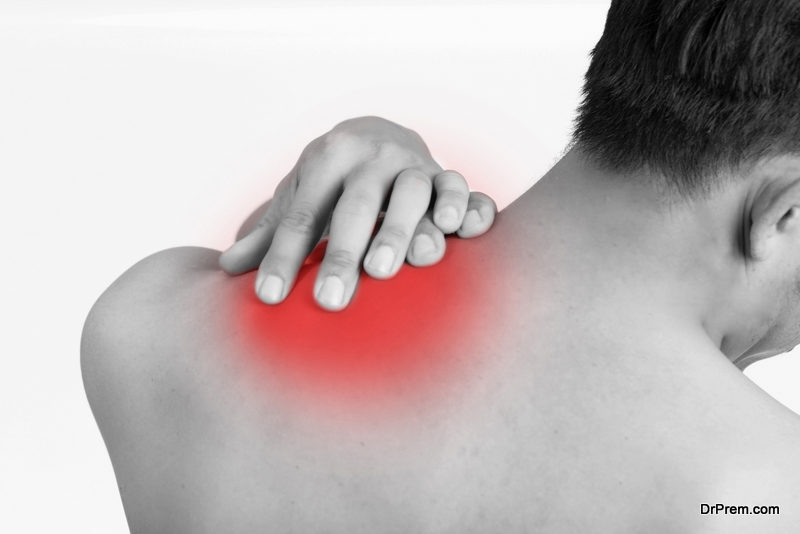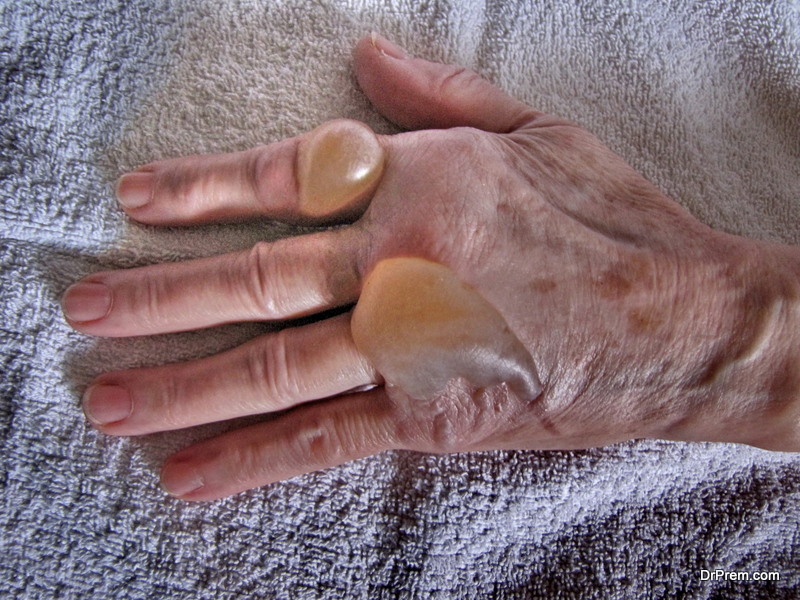It’s no surprise that elderly individuals are more susceptible to injury. With declining health, weak bones, and compromised organ function, injuries and accidents are often just waiting to happen. But knowing what those injuries are and ways to prevent them can help keep you and your loved ones safe and healthy for years to come.
Slips and Falls
 Getting older also means becoming more unsteady on your feet. Your balance is compromised, making it difficult to perform daily tasks without risk. The most common place for elderly people to fall and get injured is in the bathroom. Shower and bathroom floors are slippery when wet. Add soap into the mix and you’ve got a recipe for disaster. Many senior citizens equip their bathtubs and showers with seats or rails to prevent falls. These accessories help elderly individuals stabilize themselves.
Getting older also means becoming more unsteady on your feet. Your balance is compromised, making it difficult to perform daily tasks without risk. The most common place for elderly people to fall and get injured is in the bathroom. Shower and bathroom floors are slippery when wet. Add soap into the mix and you’ve got a recipe for disaster. Many senior citizens equip their bathtubs and showers with seats or rails to prevent falls. These accessories help elderly individuals stabilize themselves.
Placing a rubber mat on the floor of the shower also adds traction, making the surface less slippery. But showers aren’t the only place where senior citizens can fall. Uneven walkways, stairs, or any other surface that tests their balance and stability can be a danger.
Why are senior citizens so likely to fall?
Several factors are at play. As our bodies age, our bones become frail and weak. We lose strength in our legs, making it difficult to walk and carry the weight of our own bodies. But even more common among seniors is dizziness due to conditions such as dementia, low blood pressure, and heart disease.
Assisted Living Centers, such as Heartwood Seniors Assisted Living, have dedicated health professionals who understand such issues and accordingly, come up with the best medical care and assistance for seniors when they need it the most.
Some medications can make a person more susceptible to falls, as well. Accidental falls are one of the leading causes of injury among patients over the age of 65. Installing handrails throughout the house or investing in a cane or walker are a few ways that elderly people can lower their risk of falling.
Some of the most common injuries that result from slips and falls are concussions, fractures, sprains, and broken bones.
1. Concussions
 No one is safe from suffering a concussion. Young athletes often fall victim to sports related injuries and professional athletes are equally in danger, despite their peak physical condition. So, it’s no wonder that senior citizens in compromised physical health are also susceptible to concussions. Because many elderly individuals are unsteady on their feet, falls are unexpected. For this reason, they don’t have time to react and protect themselves.
No one is safe from suffering a concussion. Young athletes often fall victim to sports related injuries and professional athletes are equally in danger, despite their peak physical condition. So, it’s no wonder that senior citizens in compromised physical health are also susceptible to concussions. Because many elderly individuals are unsteady on their feet, falls are unexpected. For this reason, they don’t have time to react and protect themselves.
A fall backwards, or even forward, can easily result in contact between the individual’s head and a hard object such as the floor, nightstand, or other nearby furniture. Concussions in senior citizens may take more time to heal than in a younger, healthier individual. This means limiting movement and activity for an extended period of time and paying close attention for signs of worsening symptoms or other complications with recovery.
2. Breaks and Fractures
Another common injury that results from slips and falls is bone fractures and breaks. After the age of 40, your bone mass slowly decreases. This means your bones become frail, fragile, and more susceptible to injury. Osteoporosis can increase a person’s chances of suffering bone-related injuries. Over 44 million people currently suffer with osteoporosis. When it sets in, your bones become porous, compromising the quality and density.
The most common fractures and breaks among senior citizens are wrists, arms, and hips. It’s human nature to try and break your fall, which is what leads to broken wrists, hands, and arms. An elderly person’s bones cannot withstand force from a fall.
The hip is a natural place for a person to land when falling. If an elderly person does fall and is unable to catch themselves, they often hit their tailbone, low back, or hips. All of these injuries are extremely painful and make it nearly impossible for a person to live independently. The worst part is there are very few ways to treat a hip fracture. A broken hip requires surgery and the patient is immobilized for an extended period of time. This company specializes in treating such injuries.
3. Shoulder Injuries
 That beautiful throw rug your grandmother or aunt has in their home might actually pose a serious hazard. Elderly individuals are often clumsy and overlook some obvious dangers. Many senior citizens trip over frayed carpets or those with lifted edges, causing them to fall onto their side. This compromises their shoulder. Shoulder sprains and breaks are another common injury for aging adults. From dislocations to complete breaks and strains, a shoulder injury can make it even more difficult for an already immobile senior to get around.
That beautiful throw rug your grandmother or aunt has in their home might actually pose a serious hazard. Elderly individuals are often clumsy and overlook some obvious dangers. Many senior citizens trip over frayed carpets or those with lifted edges, causing them to fall onto their side. This compromises their shoulder. Shoulder sprains and breaks are another common injury for aging adults. From dislocations to complete breaks and strains, a shoulder injury can make it even more difficult for an already immobile senior to get around.
Burns
If there’s one thing that can be said for many senior citizens, it’s that they’re very strong willed. More and more seniors are choosing to age in place. This means remaining in their own home even after their health begins to fade. In most situations, an in-home nurse or family member helps with care. In some cases, aging seniors believe they’re capable of doing much more than they are, leading to unnecessary accidents.
Burns are just one case. Whether the individual is cooking over a hot stove, brewing a cup of tea, or taking a shower, hot or scalding water can cause serious injury. Another factor is forgetfulness. If a person forgets to turn off the stove, they’re not only at risk of a physical burn but a house fire, as well. Shaky hands and loss of dexterity can also cause many seniors to drop hot or heavy items.
Final words
When people think of senior citizen health and well-being, they often think of internal medicine. Things like blood pressure, cholesterol, and heart disease. But everyday accidents and injuries can be equally as damaging. Understanding the warning signs can help the senior in your life prevent a traumatic fall or unnecessary injury.
Article Submitted By Community Writer




